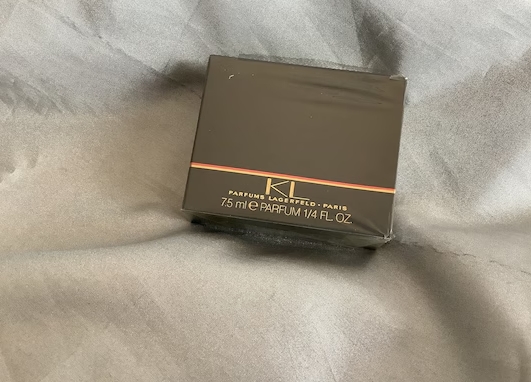Karl Lagerfeld, the legendary German fashion designer, left an indelible mark on the world of style—not just through his stunning collections but also through his innovative approach to packaging. This topic is particularly relevant as brands increasingly realize the importance of packaging in establishing their identity and attracting consumers. Lagerfeld’s unique packaging strategies offer valuable insights into the interplay between design, branding, and consumer engagement.
The Art of Packaging Design
Lagerfeld’s packaging designs extended far beyond mere functionality; they were an art form in themselves. From iconic black-and-white color schemes reminiscent of his personal style to elegant font choices, his packaging reflected the essence of his brand. By integrating luxurious materials and high-quality finishes, Lagerfeld was able to transform everyday packaging into beautiful keepsakes. This artistic approach not only made the unboxing experience enjoyable but also encouraged customers to share their experiences on social media, further enhancing brand visibility.
Sustainability in Style
In an era where sustainability is paramount, Lagerfeld’s packaging also touched on eco-conscious designs. While he championed luxury, he understood the need for responsibility in packaging materials. Some of his collections featured recyclable materials or minimalist designs, which reduced waste. This blend of glamour and sustainability showcased that high fashion could still align with modern environmental principles, encouraging consumers to think about their choices and the impact of packaging on the planet.
Customer Engagement through Unique Experiences
Lagerfeld was a master of creating memorable experiences through his packaging. Limited-edition releases often came in creatively designed boxes or bags that were as much a part of the product as the item itself. This strategy made customers feel special, turning purchasing into an event. For instance, when customers unwrapped a product designed by Lagerfeld, they weren’t just opening a box; they were experiencing a piece of art, fostering a deeper connection with the brand. The idea of packaging as an experience continues to inspire brands today, urging them to think creatively about how they can engage their consumers and build loyalty.
In conclusion, Karl Lagerfeld’s innovative approach to packaging goes beyond aesthetics; it reveals the power of design in shaping consumer perceptions and experiences. By blending artistry with sustainability and engagement, he set new standards for what packaging can achieve. If you’re interested in enhancing your own brand’s packaging or simply want to appreciate the artistry behind it, explore the world of fashion packaging further. There’s much to learn from Lagerfeld’s legacy!

